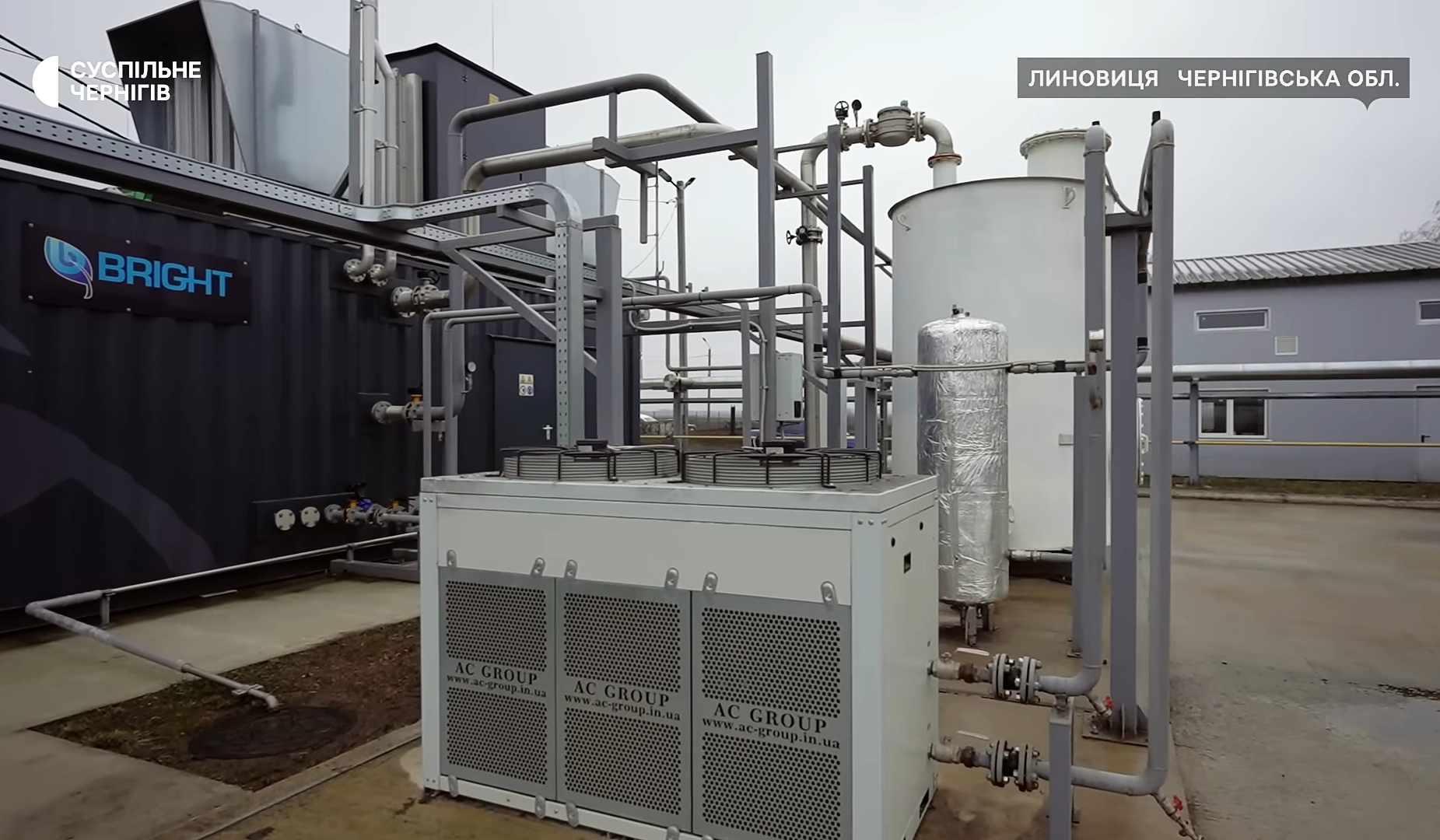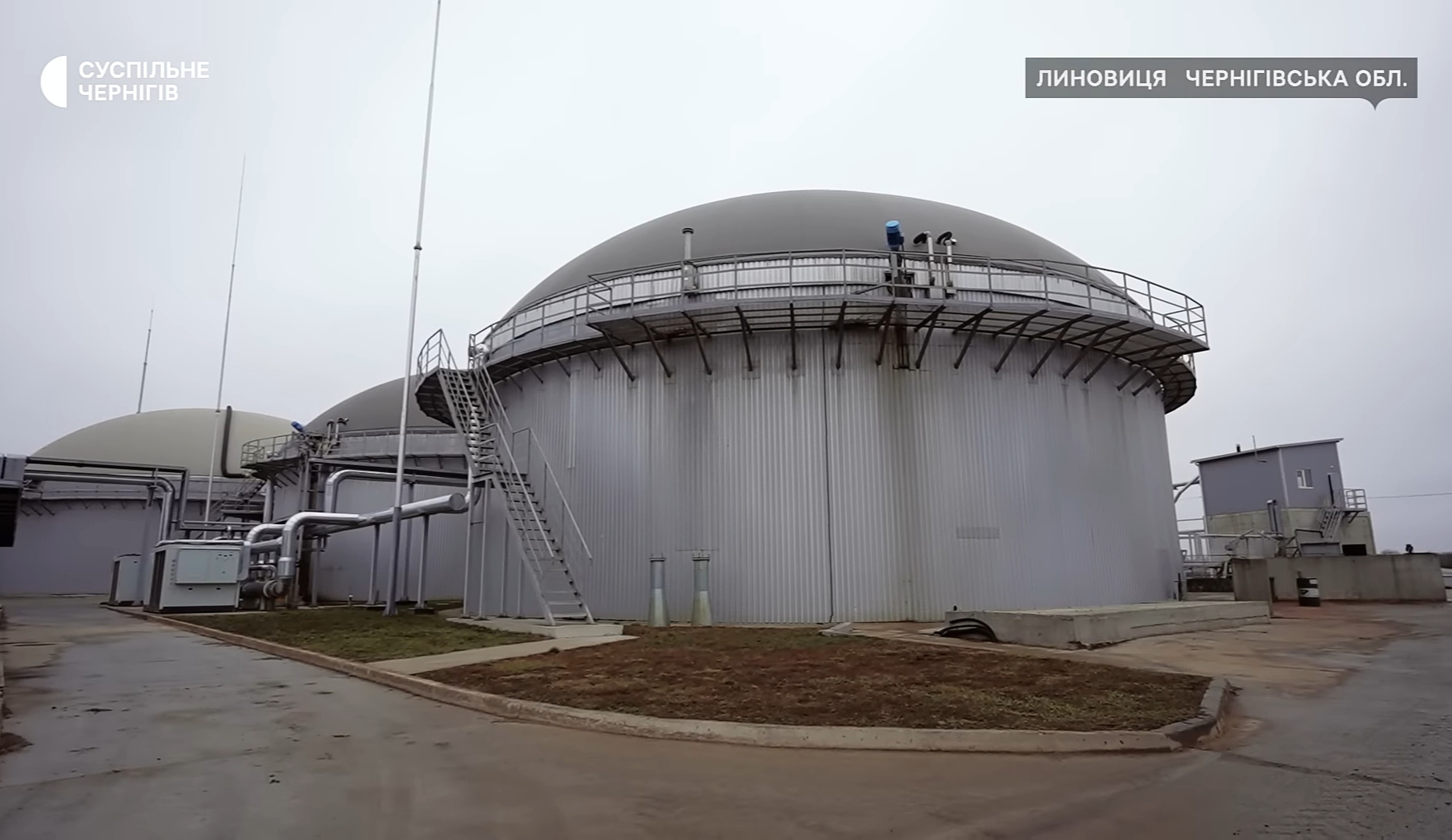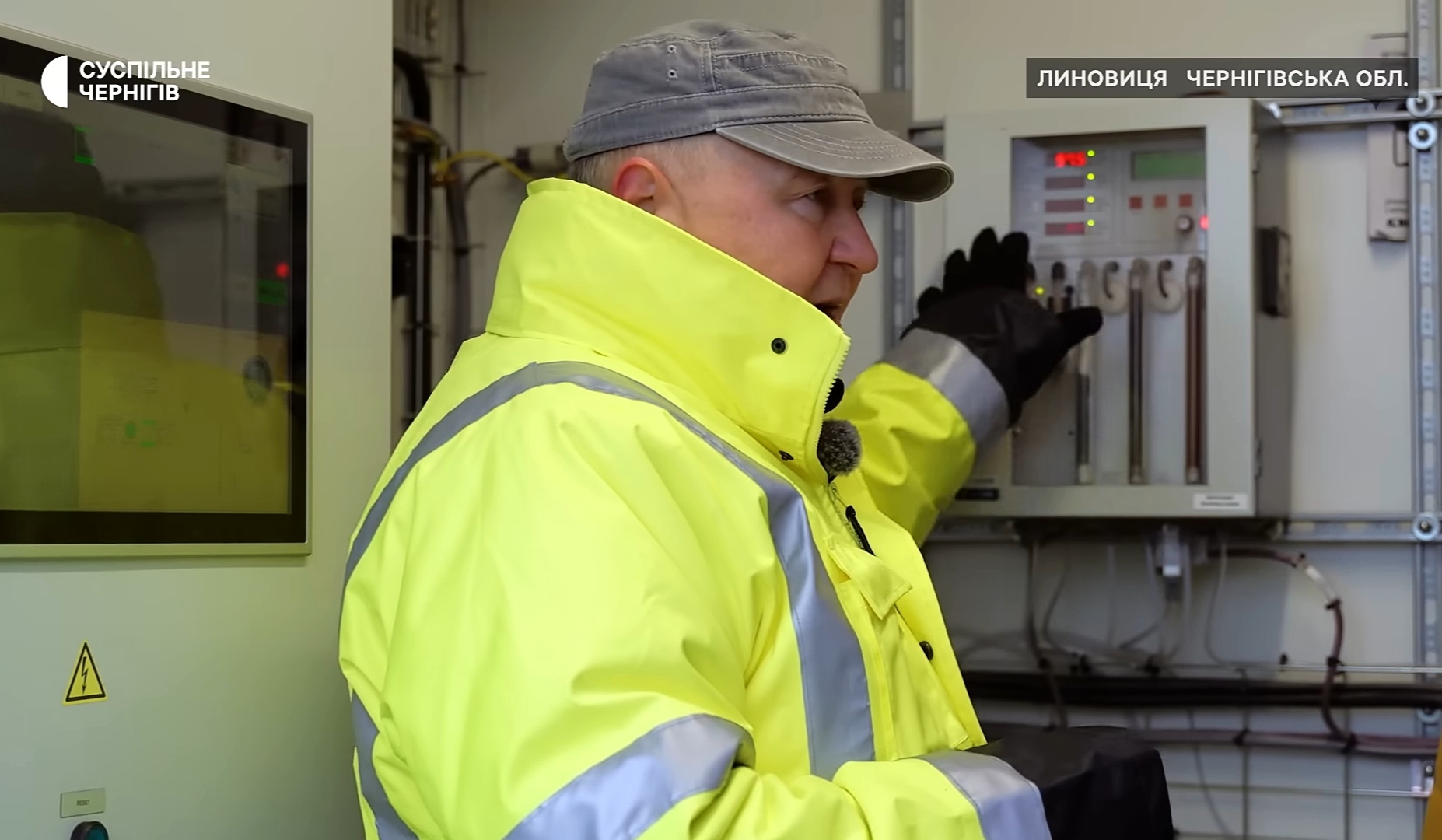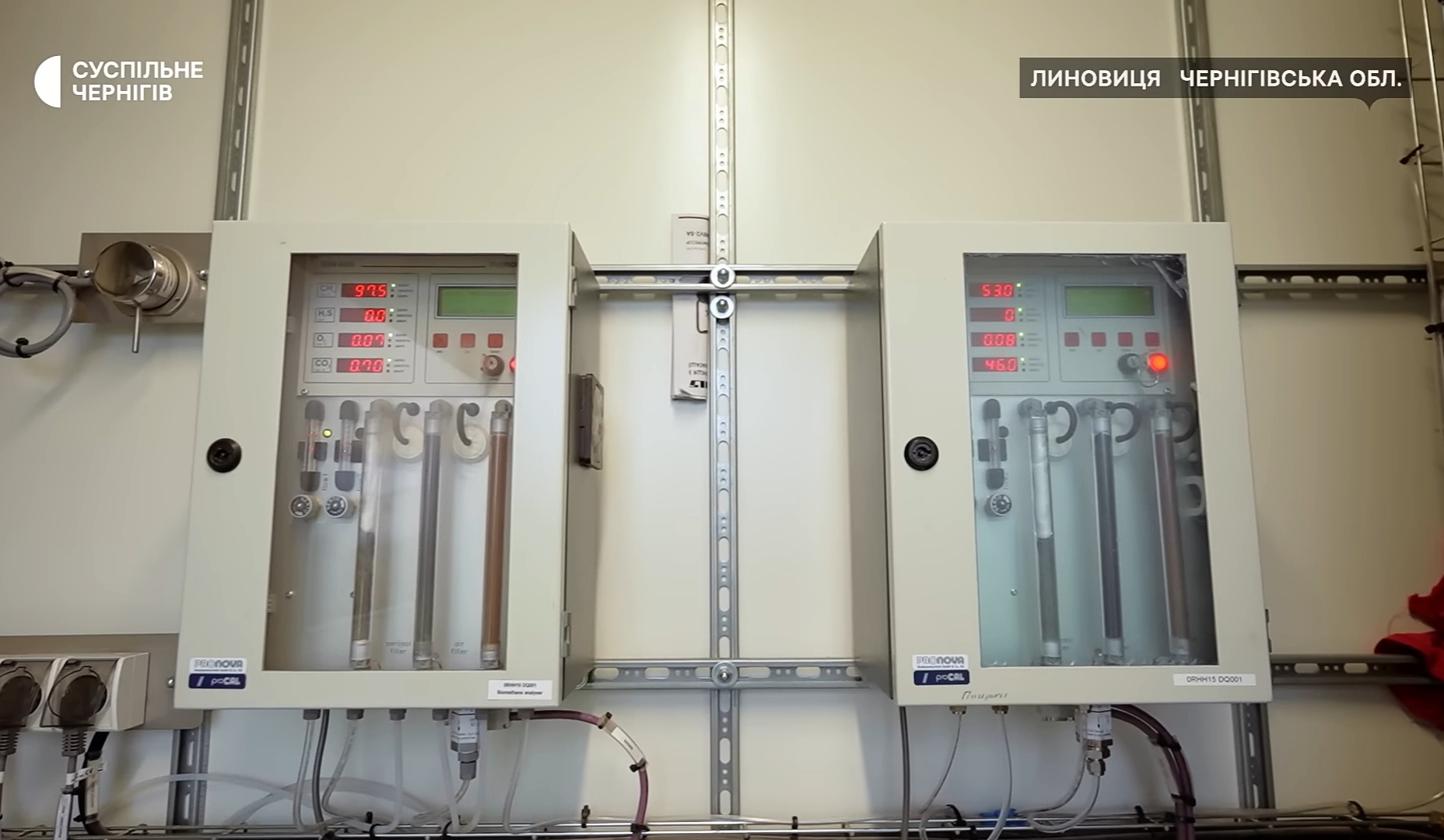Oleh Riabov and Georgii Geletukha on biomethane production and potential on the way to 20 billion m3 in 2050
UABIO estimates that the three existing biomethane plants in Ukraine will produce 17 million m3 of biomethane in 2025. They may be joined by 5 more plants this year, which will bring production to 100 million m3 per year.
The YouTube channel Suspilne Chernihiv published a story about biomethane with the participation of Oleh Riabov, Deputy CEO of the Gals Agro agricultural holding, and Georgii Geletukha, Chairman of the Board of UABIO.
Video from Suspilne Chernihiv (in Ukrainian)
Oleh Riabov explained the functional features of a biomethane plant and shared his thoughts on foreign investment in this industry in Ukraine. Georgii Geletukha provided statistical data on the prospects and opportunities of Ukrainian biomethane.
The first Ukrainian biomethane plant
The plant was built in 2017 to process sugar production waste.
Biomethane production process
Currently, the receiving tank is loaded with cattle manure and separated pig manure from Gals Agro’s facilities. The raw material is mixed to a homogeneous mass and heated for more efficient fermentation. The biogas is collected in a common collector and subsequently dehydrated. Next, the dry gas is fed to activated carbon for sulfur filtration.


The biogas treatment area for biomethane is also filled with activated carbon, but a special one that filters out volatile organic compounds. The quality of the incoming biogas is monitored by sensors.
“If at least one of the parameters does not meet the requirements of the equipment manufacturer, the biogas will not be treated. The quality requirements for incoming biogas are very high. The same applies to the output biomethane: if it does not meet the established parameters, the biogas will have to be re-treated each time”, explains Oleh Riabov.


Digestate and electricity
The solid and liquid fractions of the digestate, a by-product of biomethane production, are returned to the soil as a valuable organic fertilizer.
“The principle of circular economy is applied here, which allows the agricultural holding to save on mineral fertilizers. Of course, there are some limitations: it is not always possible to take fertilizer to the field due to bad weather conditions. In this case, it is temporarily stored in storage facilities“, adds the Deputy CEO.
The capacity of the four Gals Agro plants is 14.7 MW of electricity. In 2024, the company generated 80 million kWh of electricity. For comparison, this is the annual consumption of 30-35 thousand households or 70 thousand citizens.
Government support for biomethane
“Natural gas costs about 500 euros per thousand cubic meters, while biomethane costs 900. We don’t have any incentives, so no one in Ukraine covers this gap”, says Georgii Geletukha.

According to Oleh Riabov, the only way to make biomethane production profitable in Ukraine is to export it to the EU. There is a green premium for saving CO2 emissions there. Currently, there is no such mechanism in Ukraine, due to the lack of consumers interested in using a renewable source.
Barriers
- Long process of connecting to gas networks: 6-9 months.
- Lack of a single state authority that would coordinate the industry.
- Lack of an economic component — a green premium.
Prospects
“By 2050, Ukraine can really develop the full potential and will produce more than 20 billion cubic meters of biomethane. Then Ukraine will be able to cover up to 20% of the EU’s biomethane needs”, emphasizes the UABIO Chairman of the Board.
“Since 2015, we have been talking about Ukraine’s great potential for biogas production. Unlike solar and wind generation, there has been no foreign investor in the biogas industry. So, when we talk about biomethane, we have to create better conditions for potential foreign investors than those in the countries where they are already investing“, said Oleh Riabov.


